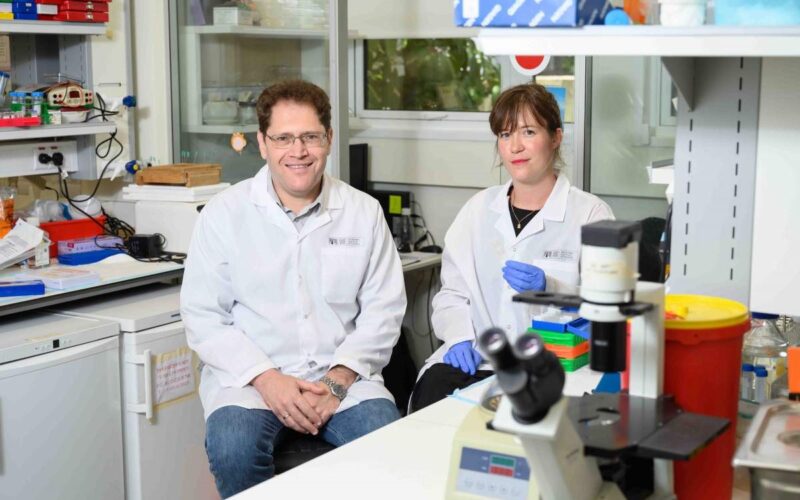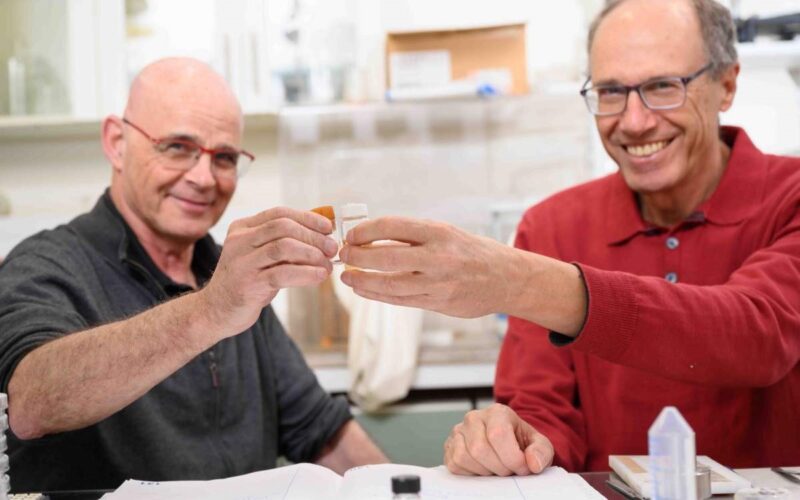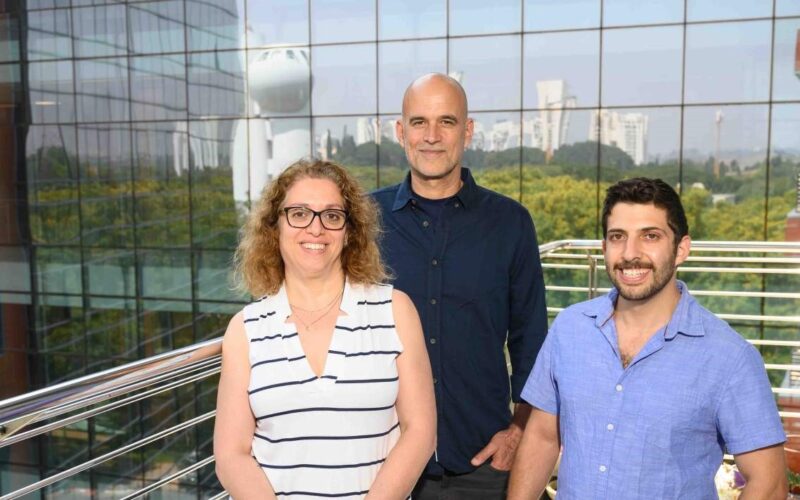
May 2, 2023
A South African plant called a woolly umbrella is completely unrelated to the cannabis plant, yet it makes a slew of the active compounds found in cannabis – cannabinoids – including some that may have new medical uses.
In a study just published in Nature Plants, Weizmann Institute of Science researchers identified more than 40 cannabinoids in the woolly umbrella and they revealed the series of biochemical steps the plant takes when it makes these compounds. The researchers also showed how these steps can be reproduced in the lab to synthesize or even engineer new cannabinoids.
The familiar cannabis plant makes more than 100 different cannabinoids, and it remains their iconic producer. But the woolly umbrella, a fast-growing perennial plant, is a respectable runner-up.
“We have found a major new source of cannabinoids and developed tools for their sustained production, which can help explore their enormous therapeutic potential,” said Dr Shirley (Paula) Berman, who led the study in Professor Asaph Aharoni’s lab in Weizmann’s Plant and Environmental Sciences Department.
Cannabinoids are already widely applied to relieve pain, nausea, anxiety and epileptic seizures, and the list of their possible uses is rapidly growing. Molecular receptors that respond to these compounds are common in humans, not only in the brain but also throughout the body, suggesting that the cannabinoids that bind to them might be used to treat everything from cancer to neurodegenerative diseases.
The promise that cannabinoids hold for medicine is precisely why Aharoni’s lab launched a study of the woolly umbrella, or Helichrysum umbraculigerum, which owes its common name to its velvety, mustard-yellow, parasol-shaped flowers. It belongs to an entirely different family of plants from cannabis; its relatives include sunflowers, daisies and lettuce. But woolly umbrella has long been known to be burned in folk rituals to release intoxicating fumes, which suggested that it might contain chemicals affecting the brain. In fact, German scientists who studied the plant more than 40 years ago found evidence that it contains cannabinoids, but more modern studies failed to reproduce their findings.
Now Berman and colleagues, using a battery of state-of-the-art technologies, confirmed that early report. They sequenced the entire genome of the woolly umbrella and used advanced analytical chemistry, including high-resolution mass spectroscopy, to identify the kinds of cannabinoids it contains. Using nuclear magnetic resonance, the researchers revealed the precise structure of more than a dozen of these cannabinoids and other related metabolites. They traced the entire biochemical pathway involved in the production of cannabinoids and determined where in the plant they are made.
It turns out that the woolly umbrella manufactures cannabinoids primarily in its leaves, possibly giving it an economic advantage over cannabis, which makes these compounds in the shorter-lived and harder-to-harvest flower clusters, or inflorescences. Despite this difference, the Weizmann scientists found a great deal in common between the woolly umbrella and cannabis. In particular, the enzymes used in every step of their cannabinoid production process belong to the same families, throughout the first half of the biochemical pathway.
Six of the cannabinoids found in the woolly umbrella are identical to those in cannabis. The six do not include the two most famous ones, THC and CBD, but they do include cannabigerol, or CBG, a rising star of cannabinoid research: It has potential therapeutic applications but lacks mood-altering effects. The acid form of CBG, which appears in a relatively high concentration in the plant, serves as a precursor for the production of all the classical cannabinoids, supporting the idea that the woolly umbrella could become a valuable source of plant-based cannabinoids.
What purpose cannabinoids serve in plants is unknown, but they probably provide defences against animals or environmental hazards.
“The fact that in the course of evolution two genetically unrelated plants independently developed the ability to make cannabinoids suggests that these compounds perform important ecological functions. More research is needed to determine what these functions are,” Aharoni explained.
His team has already taken their latest insights into cannabinoid genetics a step further, using them to generate the newly discovered cannabinoid-making enzymes in tobacco plants. The researchers also managed to use these enzymes to create finished cannabinoids in yeast, pointing to a new way of manufacturing the compounds for research and the biotech industry.
In the future, the study’s findings might even lead to engineering cannabinoids that do not exist in nature. These could be designed to better bind to the human forms of the cannabinoid receptors, for example, or to achieve specific therapeutic benefits.
The cannabinoids naturally occurring in the woolly umbrella might also open up new possibilities.
“The next exciting step would be to determine the properties of the more than 30 new cannabinoids we’ve discovered, and then to see what therapeutic uses they might have,” said Berman.
Berman led the study together with three other postdoctoral fellows in Aharoni’s lab: Drs Luis Alejandro de Haro, Adam Jozwiak and Prashant D. Sonawane. Study participants also included Dr Sayantan Panda, Zoe Pinkas-Pazi, Dr Yonghui Dong, Dr Jelena Cveticanin, Rotem Livne, Dr Sagit Meir and Dr Ilana Rogachev from Aharoni’s lab; Ranjit Barbole of the CSIR-National Chemical Laboratory in Pune, India; Drs Tali Scherf, Eyal Shimoni, Smadar Levin-Zaidman and Nili Dezorella of Weizmann’s Chemical Research Support Department; and Dr Ekaterina Petrovich-Kopitman of Weizmann’s Life Sciences Core Facilities Department.
(l-r): Dr Tali Scherf, Dr Jelena Cveticanin, Dr Adam Jozwiak, Dr Shirley (Paula) Berman, Professor Asaph Aharoni, Dr Luis Alejandro de Haro, Zoe Pinkas-Pazi, Dr Sagit Meir, Rotem Livne and Dr Yonghui Dong
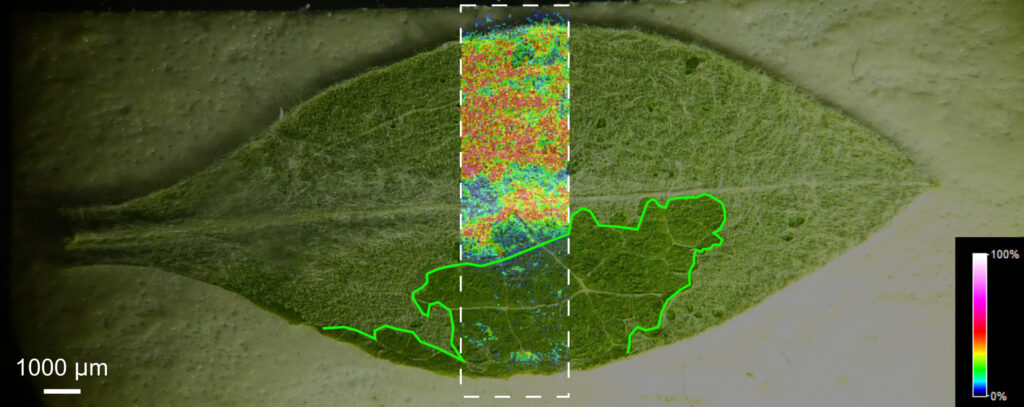
The acidic form of CBG (orange, yellow, light-green, blue) is detected by an advanced imaging method – the matrix-assisted laser desorption/ionization-mass spectrometry imaging, or MALDI-MSI – in a woolly umbrella leaf (in the patch between the dotted lines), but not in the part of the leaf (outlined by a green line) from which the upper layer containing trichomes has been peeled off

Cannabinoids were found to be produced in the woolly umbrella inside tiny structures called trichomes shaped like balloons on a stalk, viewed here with a cryo-scanning electron microscope
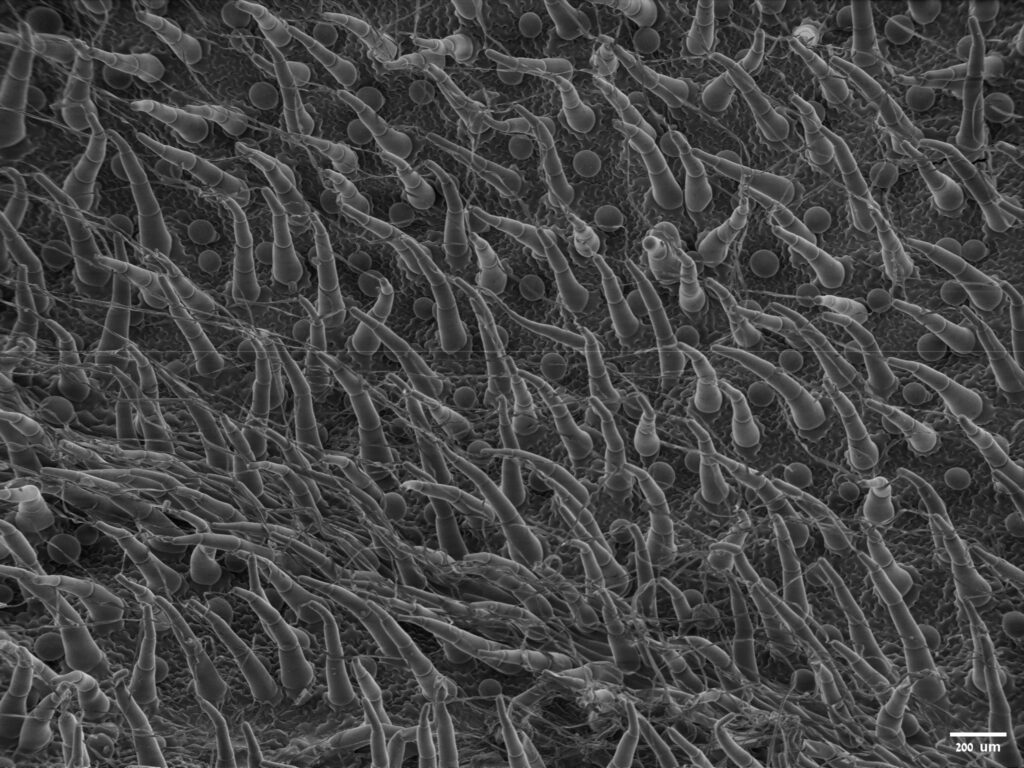
ImageJ=1.53e unit= um
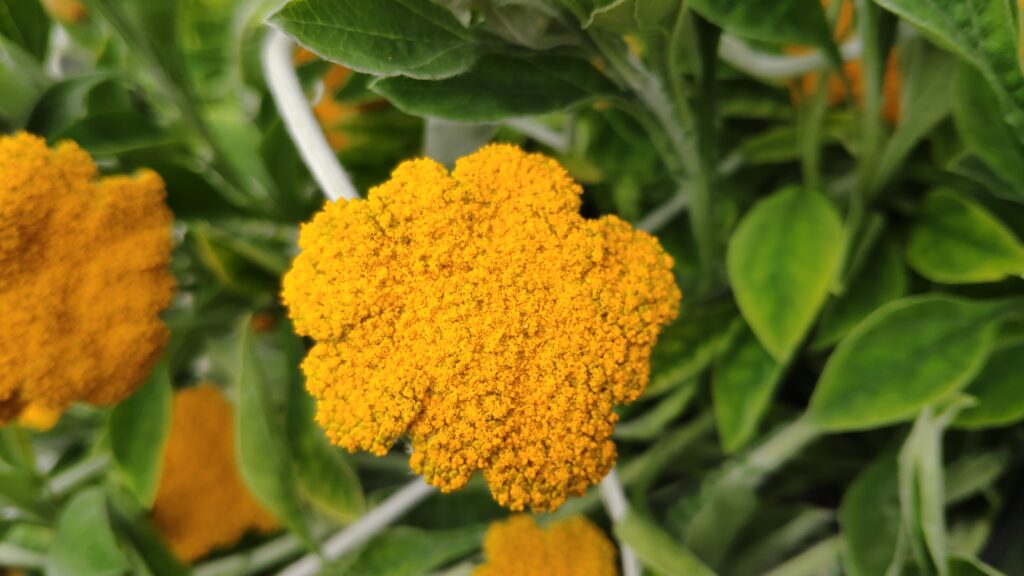
Woolly umbrella, a relative of sunflowers and lettuce, blooms in a Weizmann Institute greenhouse. Photos by Dr Sagit Meir
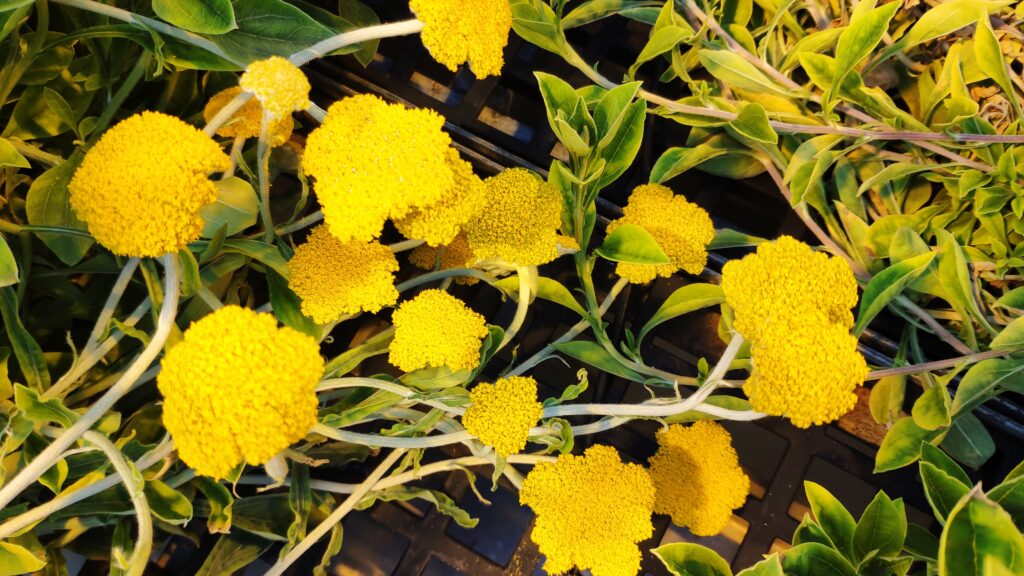
Woolly umbrella, a relative of sunflowers and lettuce, blooms in a Weizmann Institute greenhouse. Photos by Dr Sagit Meir



